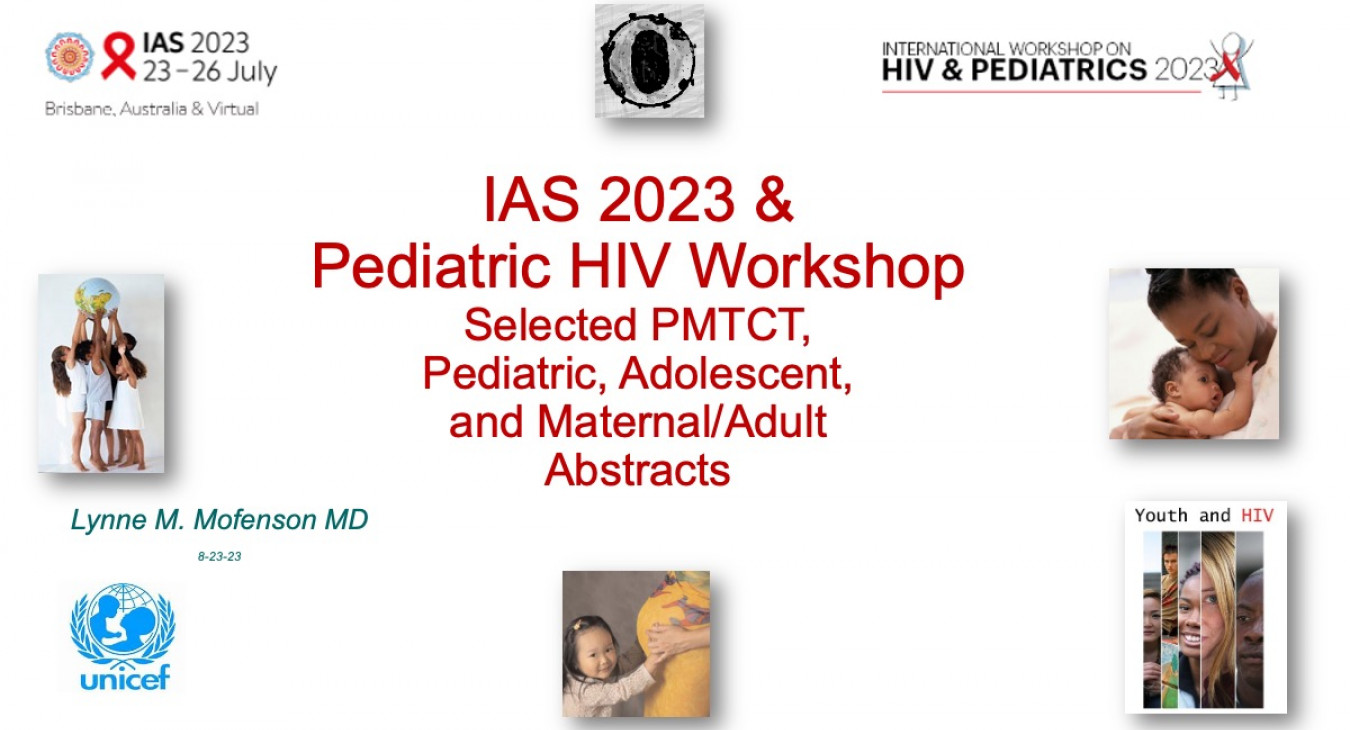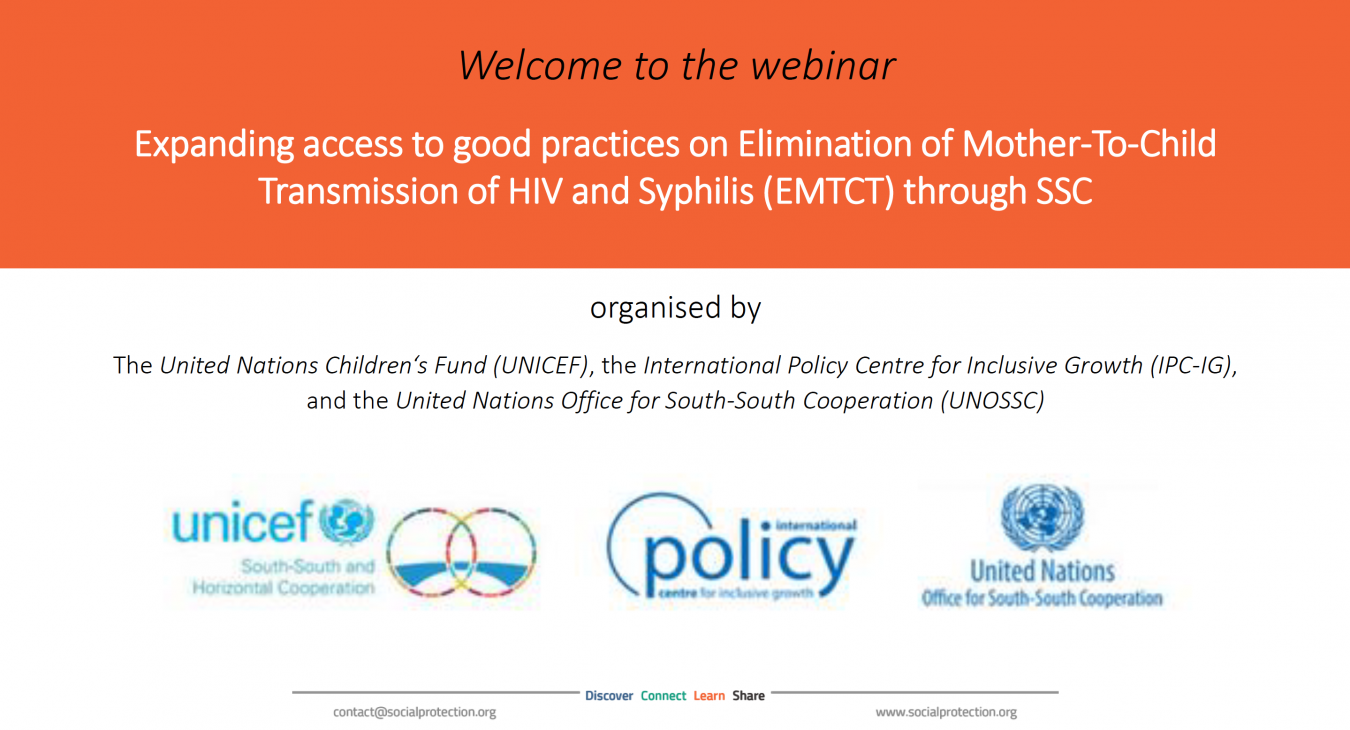Prevention of Vertical Transmission of HIV
It is critical that women attending antenatal care services have universal access to testing for HIV, syphilis and hepatitis B to protect their own health and prevent vertical transmission to their infants. Connecting mothers and their children to continued support, including treatment for women who are living with HIV, and retesting and prevention services for women who test negative at their first antenatal care appoint is essential for prevention and eventually for the elimination of HIV in children.
Over the course of nearly two decades, the global HIV epidemic in children has demonstrated dramatic progress on the programmatic front. Since the launch of prevention of vertical transmission programmes, 4 million HIV infections have been averted among children. This is largely owing to increased access to testing and treatment services, and an increase in the number of pregnant women living with HIV being initiated on lifelong antiretroviral medicines.
While the goals of elimination are finally within reach, it is important to recognize that going the last mile and staying there require substantial and sustained efforts to close remaining gaps. Disparities in treatment coverage between children and their mothers need to be addressed urgently. Globally, children living with HIV are less likely than adults to receive treatment (57 per cent compared to 77 per cent in 2023, respectively). Closing the treatment coverage gap for both women and children requires programmes to employ broad service delivery strategies that will reach those living with HIV who remain undiagnosed or who are not linked to treatment. In many countries this will require health system strengthening to build capacity, and the empowerment of communities to achieve elimination together.
This page features resources that will help to accelerate treatment for pregnant and breastfeeding women living with HIV, and drive faster progress to triple elimination.

This document provides a road map to achieving EMTCT by drawing on the latest research and programmatic evidence to recommend guidelines for coordinated action. Conceptualised by UNICEF, WHO, UNAIDS and other partners, the strategies can help improve treatment coverage, and the effectiveness and quality of national PMTCT programmes.

The processes and criteria to validate EMTCT of HIV and/or syphilis and hepatitis B described in this WHO global guidance were developed to apply a standard approach across a wide range of epidemiological and programmatic contexts. They also seek to ensure that representatives of civil society, including women living with HIV, are involved in the validation effort. The "Orange Book" further defines an approach and criteria for countries on the Path to Elimination.








